Top Forests to Visit in Iran
![]() Author : Alirezaa | Date : Sunday 03 March 2024 15:59
Author : Alirezaa | Date : Sunday 03 March 2024 15:59

Iran, a land of staggering natural beauty and contrasts, offers a geographical diversity that captivates travelers seeking adventure and tranquility. From the rugged mountains of Alborz and Zagros, which dramatically frame the country's landscape, to the expansive deserts that whisper tales of ancient caravans, Iran's natural scenery is as diverse as its rich cultural tapestry. Among these natural treasures, the forests of Iran hold a special place, not only for their ecological importance but also for their cultural significance. The ancient Hyrcanian forests, stretching along the northern coast of Iran by the Caspian Sea, are a testament to the country's prehistoric landscapes, having survived from the Ice Age. These forests, along with the lush greenery of Arasbaran, the misty woods of Dalkhani, and the educational trails of Kheyrud, are vital to Iran's ecosystem, serving as lungs to its environment and a refuge for its unique biodiversity. Beyond their ecological role, these forests are woven into the fabric of Iranian heritage, featuring in folklore, offering spiritual solace, and providing sustenance and shelter to local communities for centuries. For tourists, a journey into Iran's forests is not just a chance to explore the untouched beauty of nature but also an opportunity to connect with a cultural heritage that cherishes and preserves these green sanctuaries. This article provides detailed information on the locations, highlights, best times to visit, activities available in Iran's ancient forests and, their photos, guiding you to explore their serene beauty and unique ecosystems.
1. Hyrcanian Forests
- Location: Northern Iran, stretching from Azerbaijan to the south of the Caspian Sea
- Highlights: UNESCO World Heritage Site, ancient and unique biodiversity
- Best Time to Visit: Spring and Autumn
- Activities: Hiking, wildlife photography, local village tours
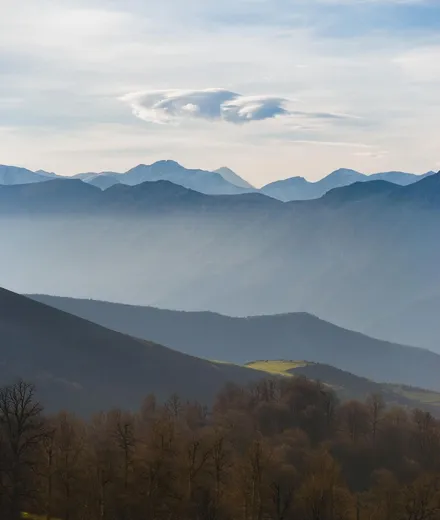

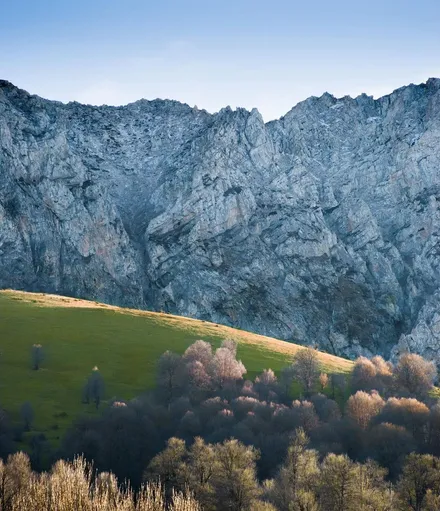

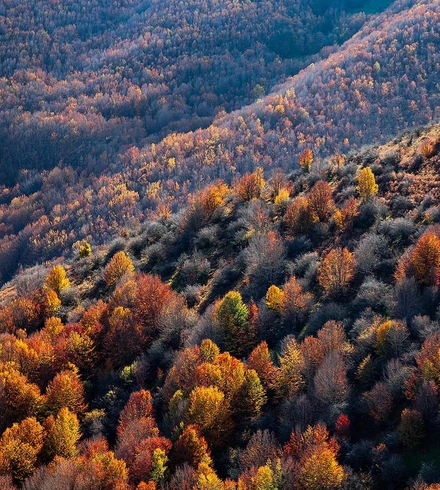
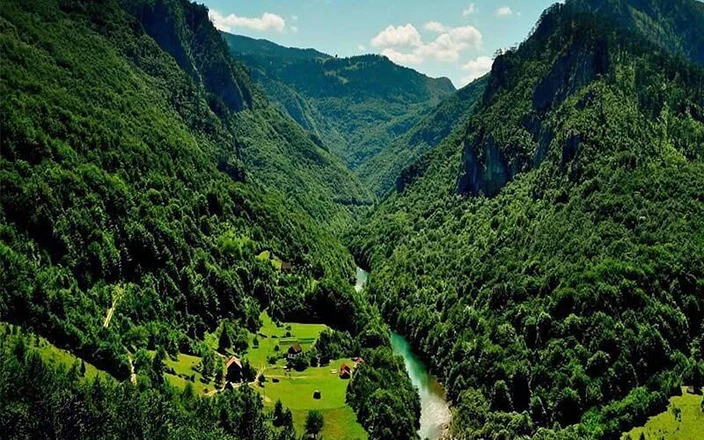

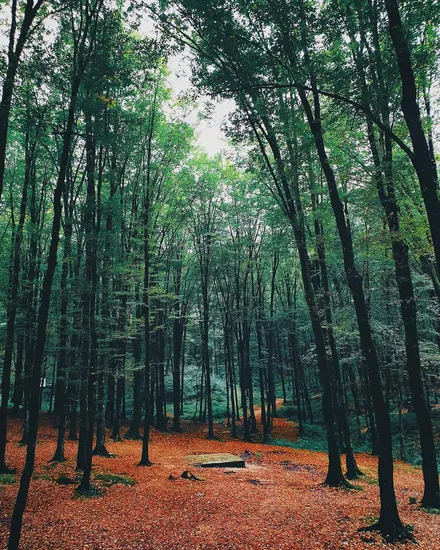


2. Arasbaran Forest
- Location: East Azerbaijan Province
- Highlights: UNESCO Biosphere Reserve, rich flora and fauna, including the Persian leopard
- Best Time to Visit: Late spring to early autumn
- Activities: Trekking, bird watching, cultural experiences with local tribes
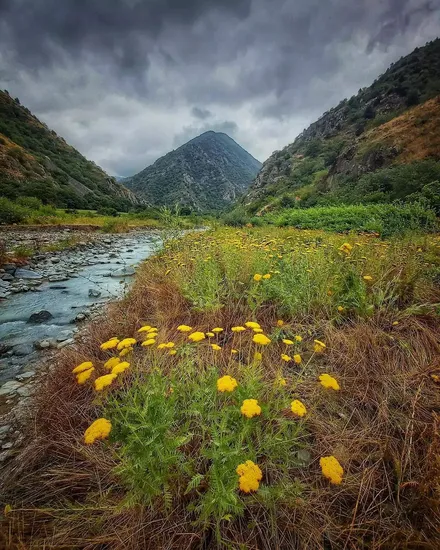



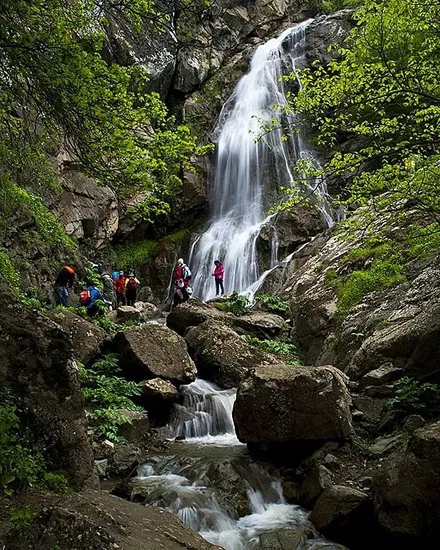
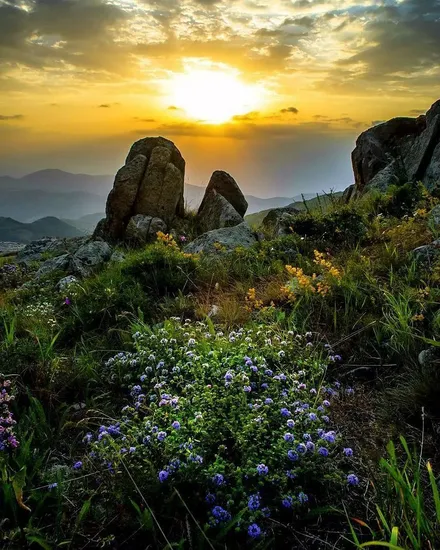




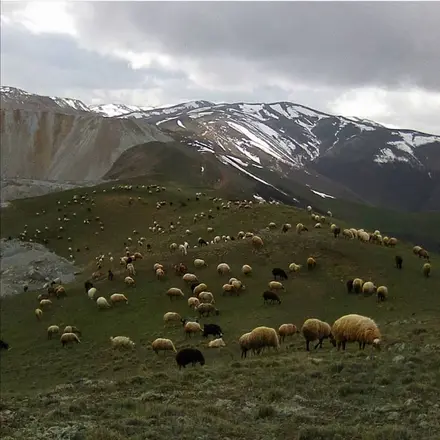
3. Kheyrud Forest
- Location: Alborz Province, near Nowshahr
- Highlights: Dense forestation, proximity to the Caspian Sea, educational forest managed by Tehran University
- Best Time to Visit: Spring and summer
- Activities: Educational tours, hiking, exploring nearby waterfalls and streams








4. Dalkhani Forest
- Location: Ramsar, Mazandaran Province
- Highlights: Part of the Hyrcanian forest, known for its foggy landscape
- Best Time to Visit: Spring and summer
- Activities: Hiking, nature walks, photography
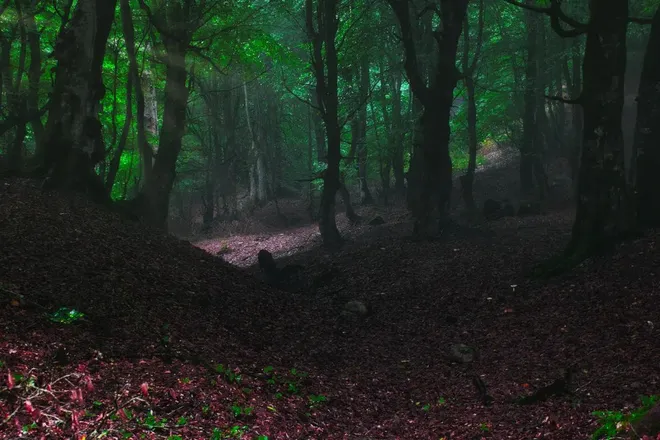
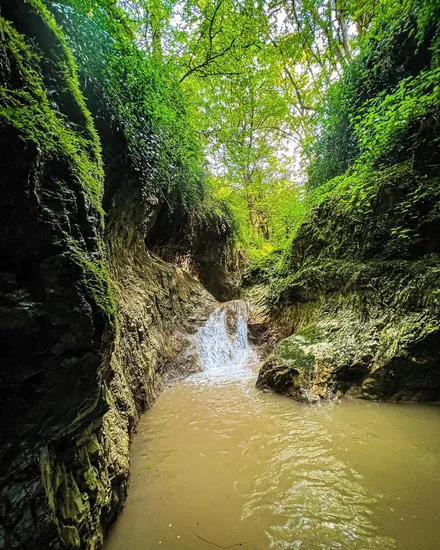
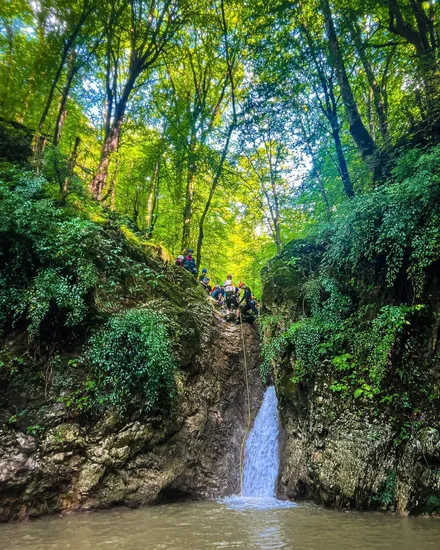



Practical Tips for Forest Visitors
When planning a visit to the lush and diverse forests of Iran, a well-prepared traveler ensures a safe, enjoyable, and enriching experience. Here are some practical tips to help you navigate these natural wonders with ease:
Travel Preparations
- What to Pack
- Clothing: Pack layers to accommodate varying temperatures, especially in mountainous regions where weather can change rapidly. Include waterproof gear for rainy days and sturdy hiking boots for rough terrains.
- Essentials: Bring a high-quality backpack, a water bottle to stay hydrated, sunscreen, insect repellent, and a first-aid kit.
- Navigation Tools: Carry a reliable map of the area, a compass, and if possible, a GPS device. While smartphones are useful, do not rely solely on them due to potential connectivity issues.
- Camping Gear: If you plan to camp, ensure you have a lightweight tent, a sleeping bag suitable for the climate, and a portable cooking stove.
- Climate Considerations
Research the climate of the forest you plan to visit, as conditions can vary significantly from the north's humid Caspian coast to the drier, more temperate regions. Plan your visit during the best season for the area, typically spring and autumn, to avoid extreme weather conditions.
- Necessary Permits
Some areas, especially those designated as national parks or protected areas, may require entry permits. Check with local authorities or tour operators in advance and secure any necessary permissions to avoid any legal issues.
Safety Guidelines
- Wildlife Encounters
- Educate yourself about the local wildlife you might encounter in the forest. Always maintain a safe distance from animals and avoid feeding them to reduce the risk of attacks or disturbances.
- Carry bear spray in areas known for bear activity and know how to use it.
- Staying on Marked Trails
- For your safety and the preservation of the forest, stay on marked trails at all times. Venturing off the path can lead to getting lost and can damage the fragile ecosystem.
- Respect trail signs and barriers, as they are there for your protection and to safeguard wildlife habitats.
- Emergency Contacts
- Before setting out, inform someone of your itinerary and expected return time. Carry a list of emergency contacts, including local ranger stations, emergency services, and embassies (for international travelers).
- Ensure your mobile phone is fully charged, and consider carrying a portable charger. However, remember that in remote areas, signal coverage may be limited.
By following these practical tips, visitors can enjoy the breathtaking beauty of Iran's forests while ensuring their trip is safe and respectful of the natural environment and local communities.
✔️Read More : Top Natural Wonders in Iran 2024
Last Word
Venturing into the heart of Iran's forests offers more than just a journey through breathtaking landscapes; it is an invitation to connect with the spiritual and healing essence of nature. These ancient woodlands, with their serene beauty and timeless tranquility, provide a unique space for reflection, rejuvenation, and a deeper understanding of our place within the natural world. As visitors, we carry the responsibility to tread lightly, respecting these natural sanctuaries and the diverse life they nurture. By embracing sustainable tourism practices and advocating for conservation, we contribute to preserving these precious ecosystems for future generations. Let us cherish and protect these forests, not only as destinations for exploration but as vital sources of spiritual nourishment and healing, ensuring they remain vibrant and intact for the many journeys yet to come.





